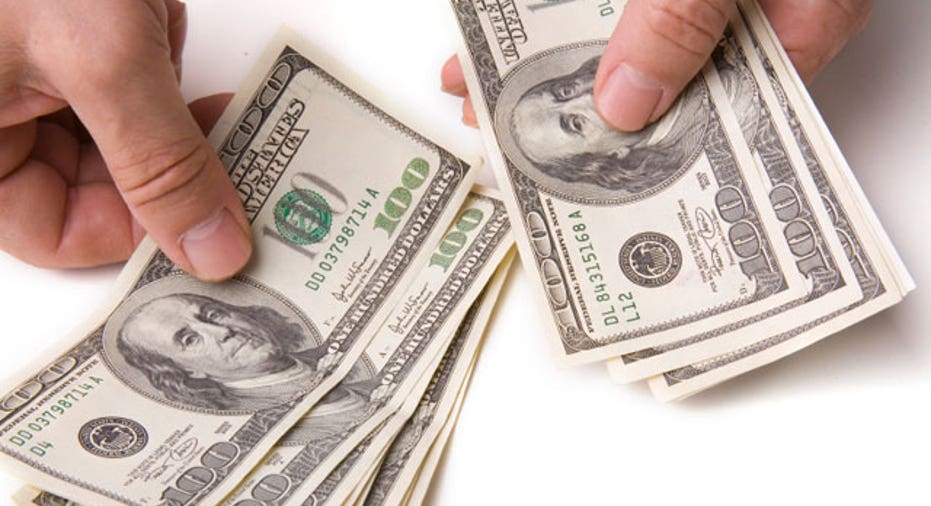Ready or Not, Stagflation Is Here

Stagflation is one of the worst economic conditions a country can be in, and the United States just entered it.
It has actually been responsible for revolutions and uprisings in developed countries around the world. Most recently Greece, Spain and Portugal are experiencing severe doses of this dreaded economic condition. It is extraordinarily difficult to work through and often destroys wealth for generations.
Stagflation is simply defined by high unemployment, slow economic growth and high inflation. It makes inflationary and deflationary periods look like a walk in the park. Stagflation usually results in very long, severe recessions.
The best and most effective way to recover from stagflation is for the government to lower rates drastically. The last time the U.S. was in stagflation -- in the late 1970s -- that is precisely how we recovered and prospered. However, it is crucial to understand that we are not in a position to do that today since rates are already at historically low levels. This is a cataclysmic problem. How we got here is debatable, but fixing the situation will be difficult. The reported unemployment rate is high (8.1%) but a more-accurate level of unemployment is buried in the Bureau of Labor Statistics (BLS); section U-6 of the BLS states that unemployment rate is closer to 14.5%. In any given month, both the number of people considered unemployed and the size of the labor force might change. Because the government measures both variables, it is easy to move people out of the labor force to make unemployment appear smaller.
Currently the labor force is at a 30-year low. Only 63.7%.of the population is working. Think of it this way: 36 % of all people are not working. The last time the labor force was this low occurred in 1970s during another stagflation period.
The second factor of stagflation is slow economic growth. The GDP growth rate is the broadest indicator of how much our economy is growing. We want the GDP to grow more because that means that businesses are growing, making money and people are working. When growth slows, American businesses are not making as much money and must take preventative measures including cutting jobs in order to survive. The GDP is low and trending lower. Across the board most economists have been lowering their growth forecast for the U.S. I don't believe that we will be above 2% at year end
Finally, prices are rising all around the country. The unprecedented printing of money through quantitative easing programs has been responsible for a majority of this sharp price rise. It is well known that the CPI grossly underestimates the actual increase in the cost of living. Prices on all goods and services are rising drastically. If you were to remove all the manipulation and biases that the government uses in its inflation calculation you will see that inflation is running at about 7%.
Clever manipulation of statistics by the government has avoided talks of stagflation until now. Lowering the interest rate was the best card in our hand and we played it too early. Our last options are to lower the corporate tax rate (which the government refuses to do) and practice quantitative easing (which will cause more inflation).
We need to take off our government blindfolds and see with clear eyes the bleak position of our economy in order to protect our livelihoods.
Sorry to say, but a severe recession is at hand and it will be around for a long time.



















